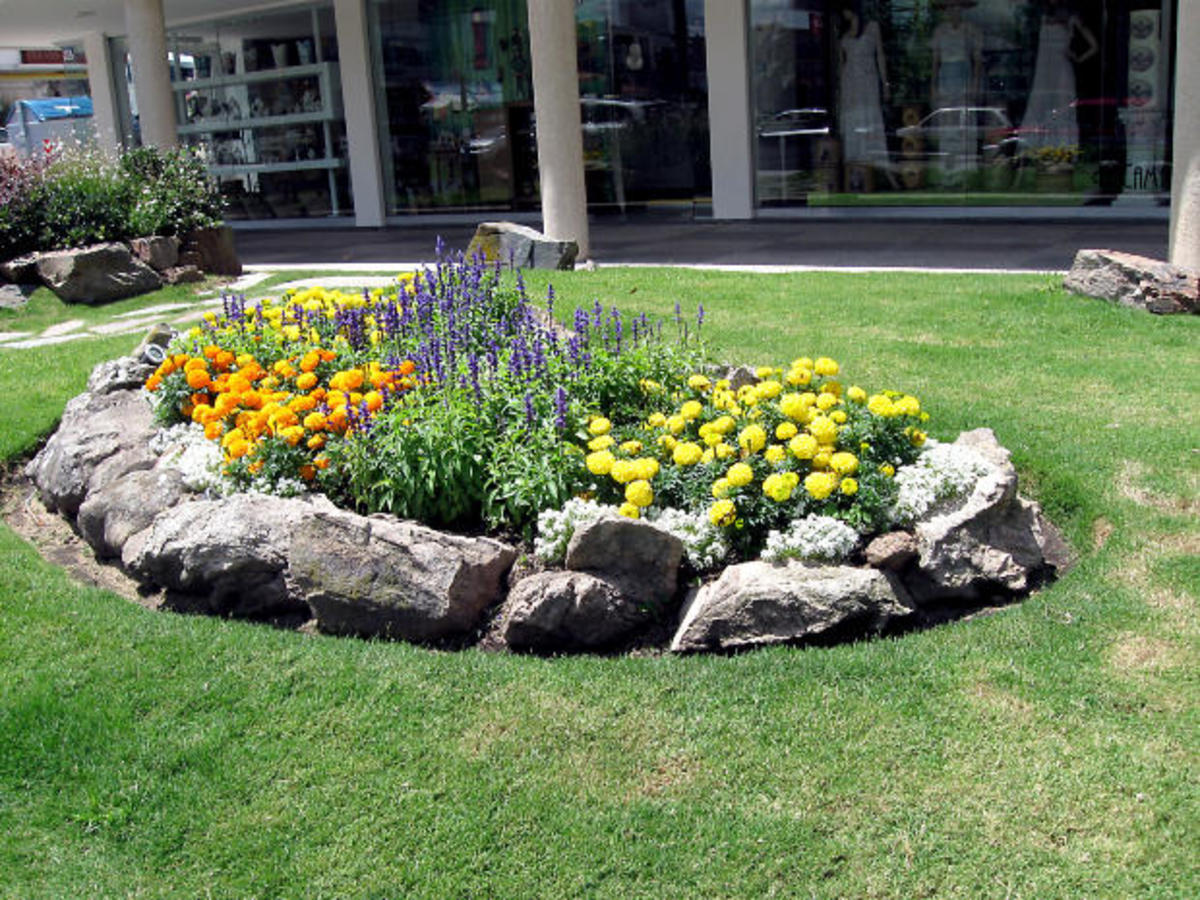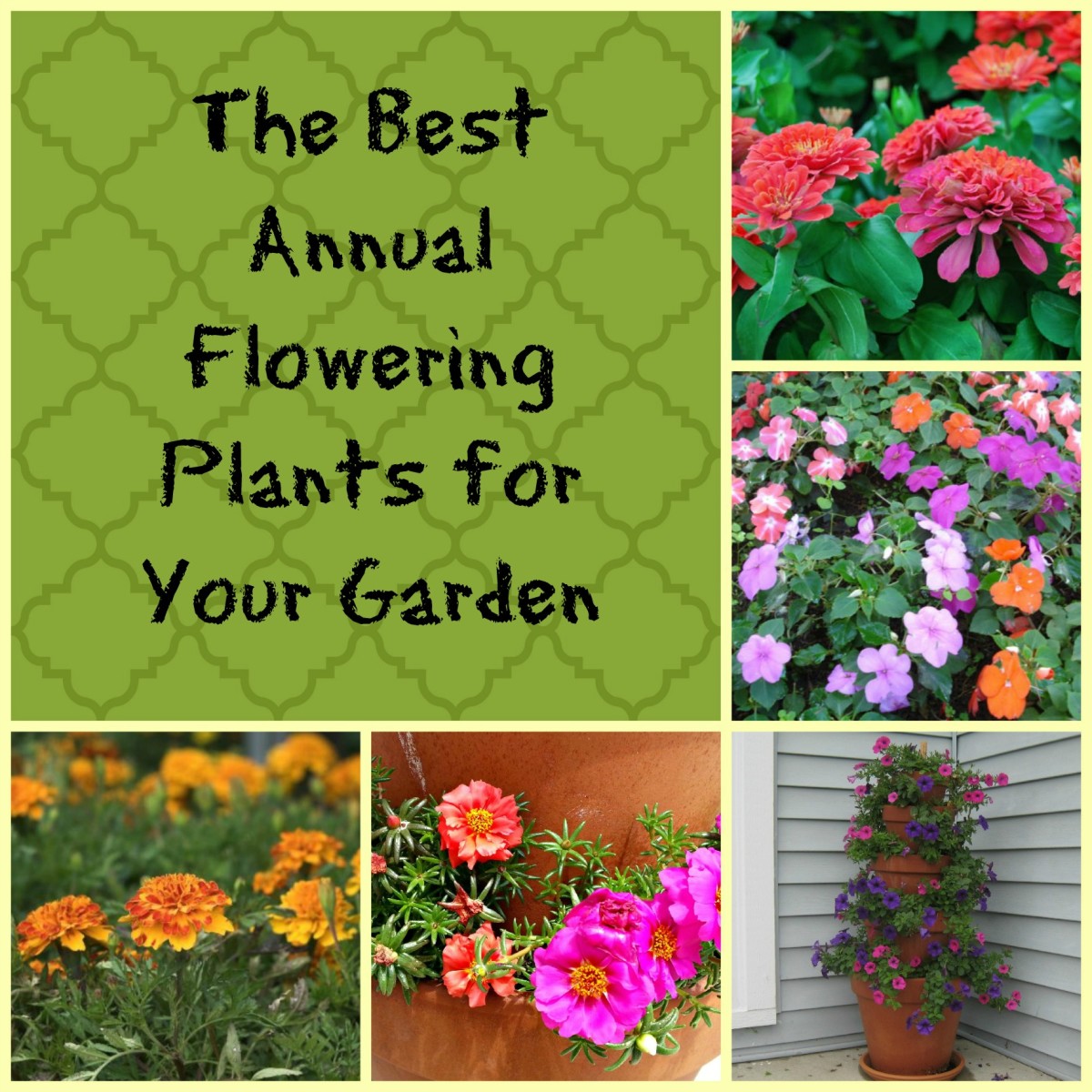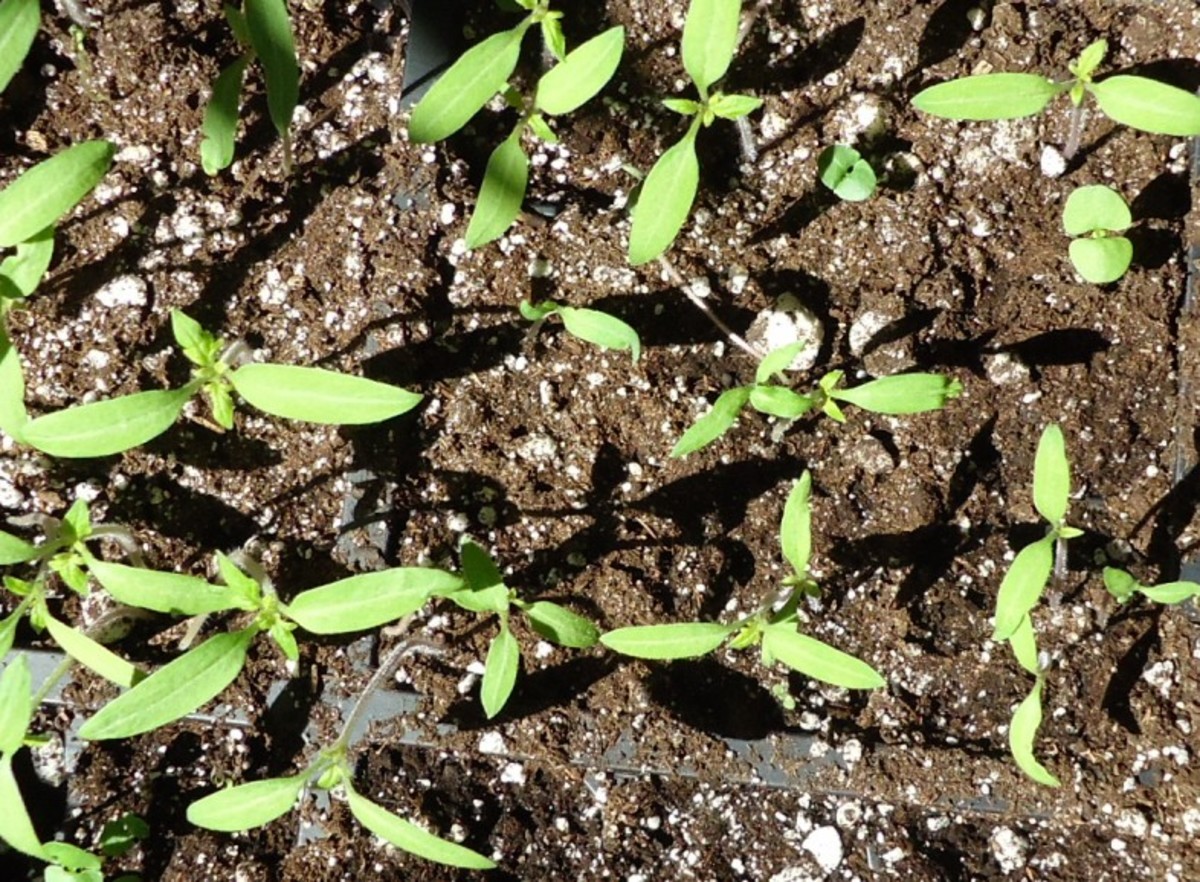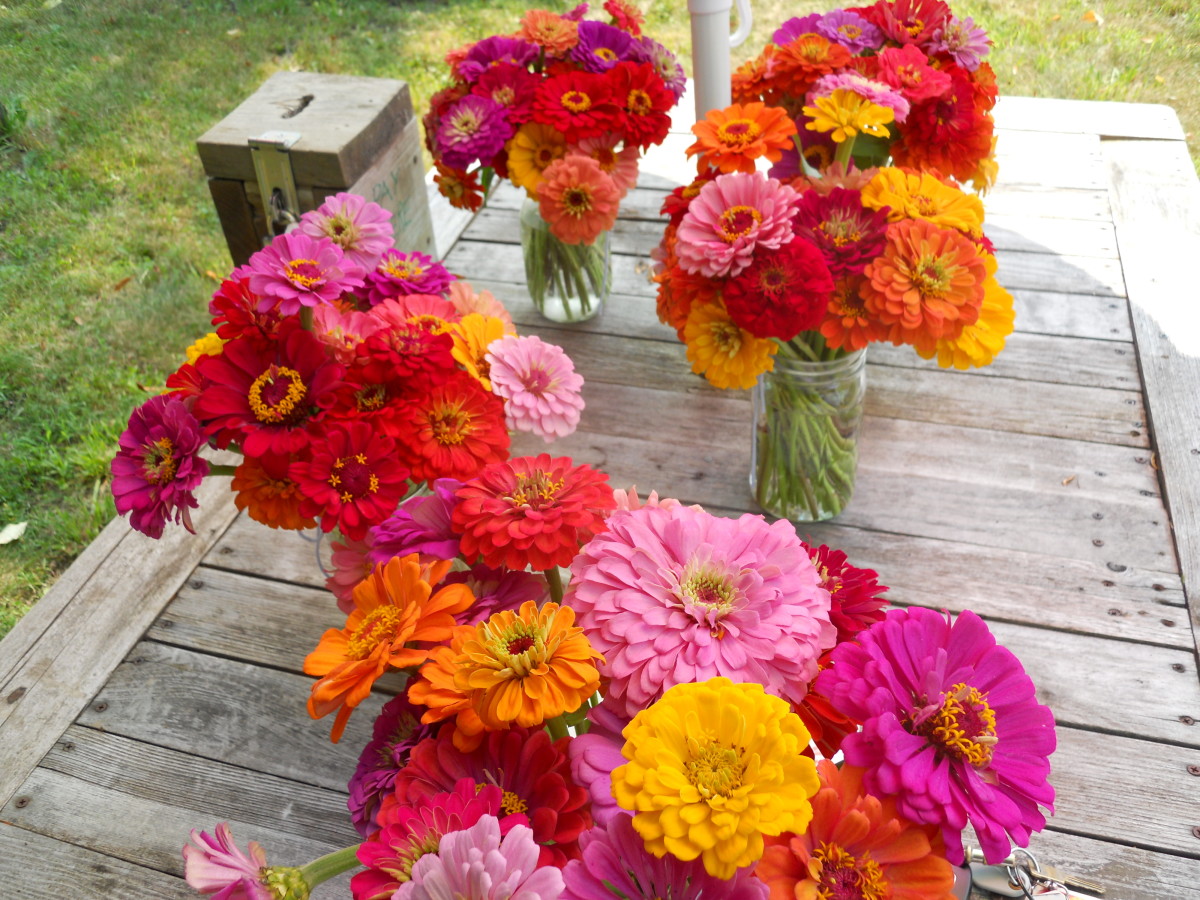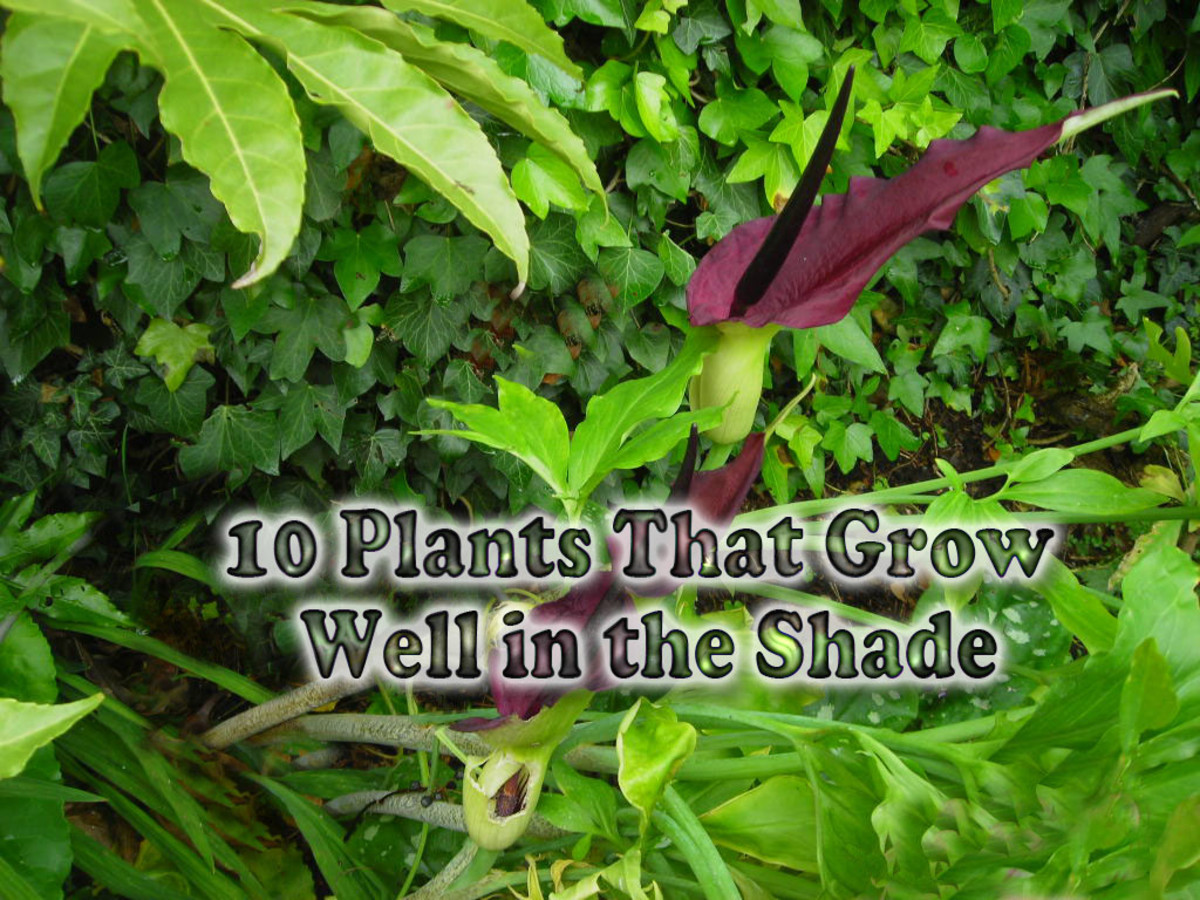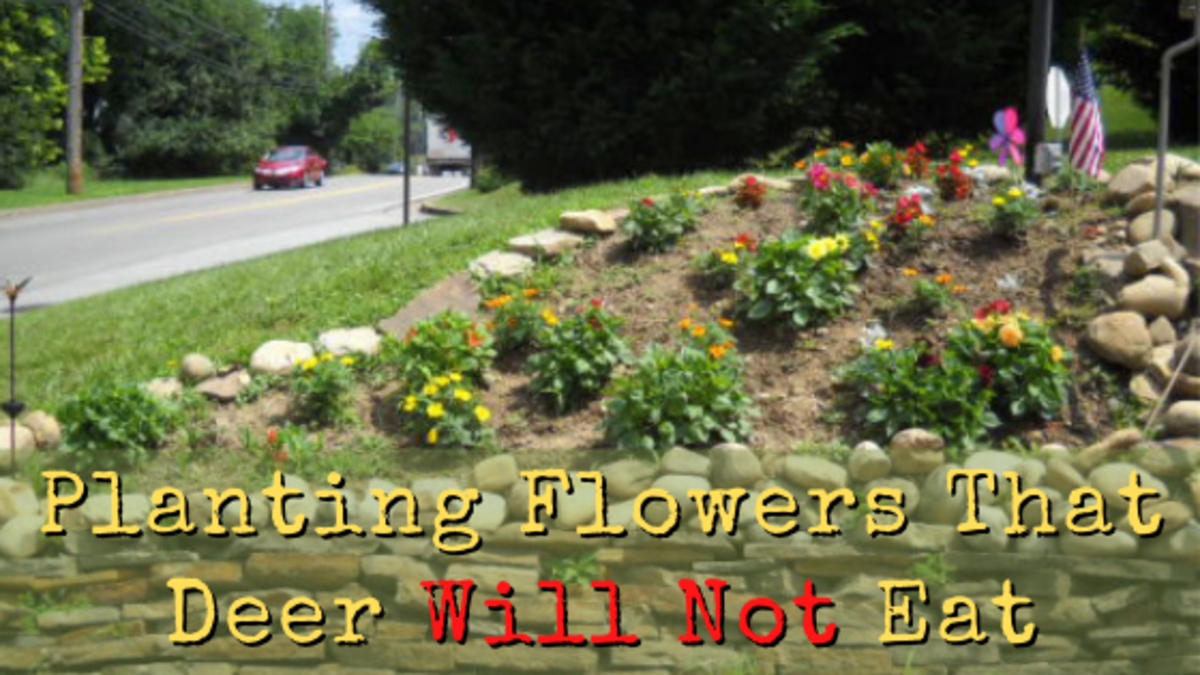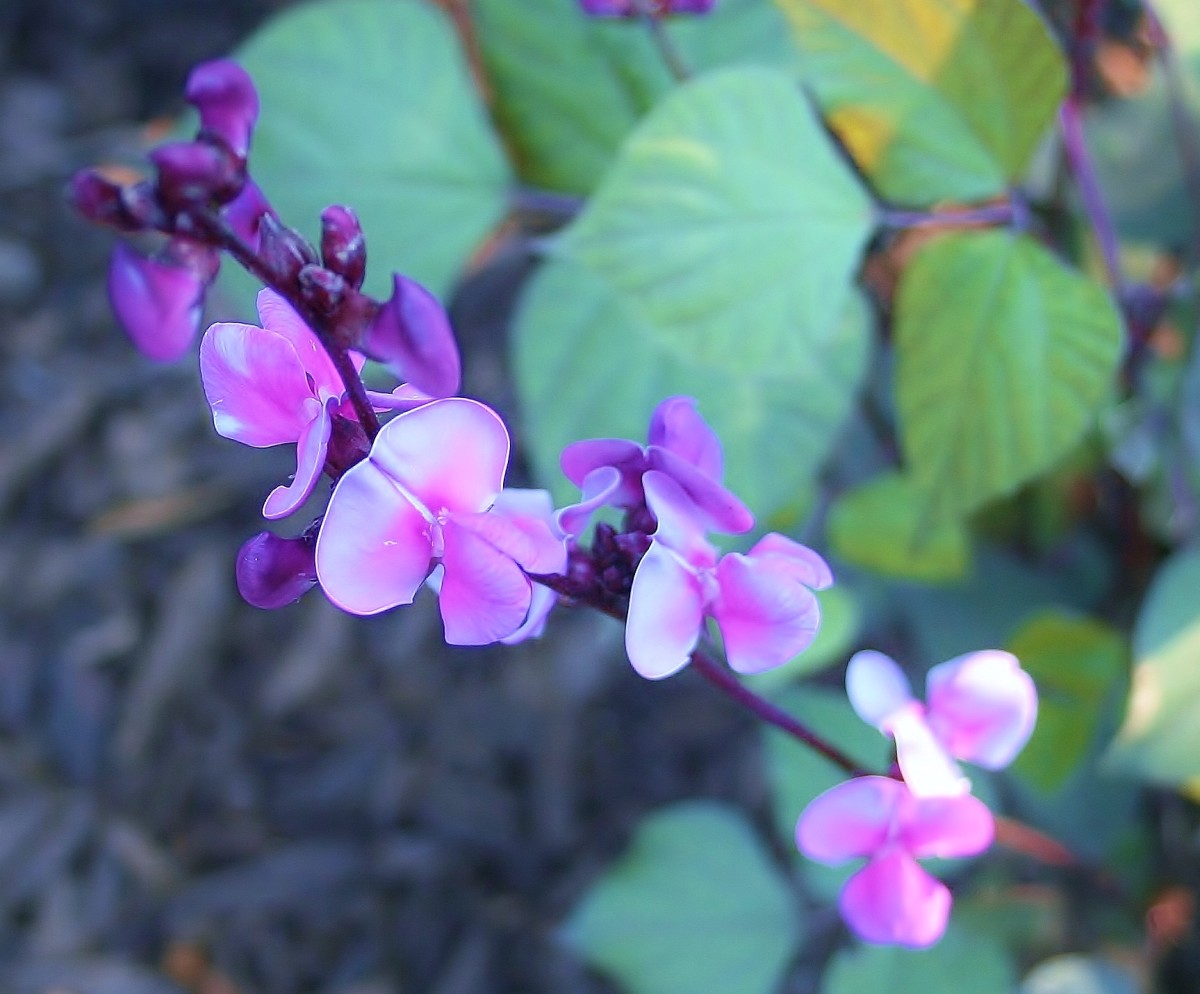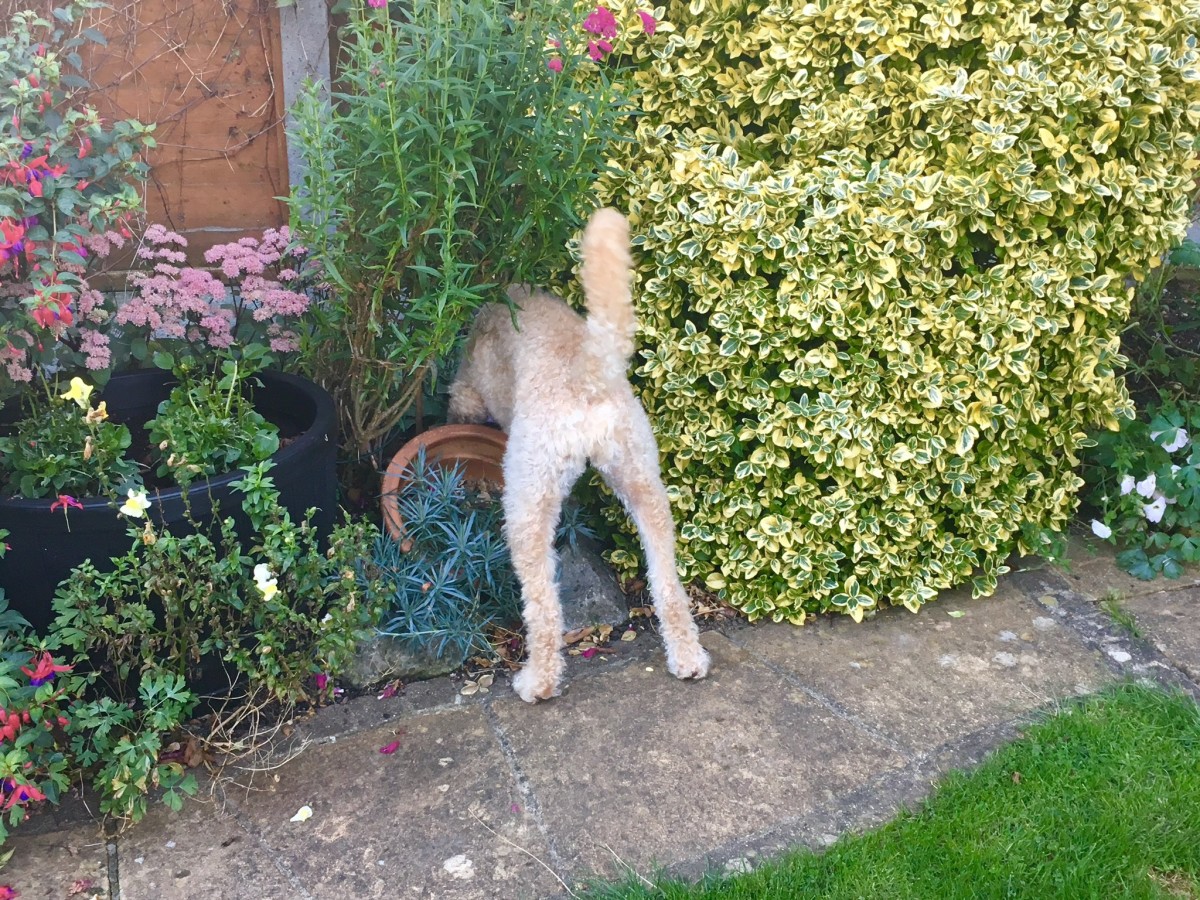- HubPages»
- Home and Garden»
- Gardening»
- Planting Flowers
Easy-to-grow Annuals

Plant Annual Wild flowers!
Liven Up Your Landscape With Annual Flowers
Annuals are plants that live only one season or year. The are a great choice first-time gardeners and especially for children because they sprout fast and grow faster. Their color also brightens up even the most dreary garden.
Here are tips that will make your flower garden a success:
Location:
Plants need three things: sun, soil and water. Most annuals need at least six hours of direct sunlight a day. The south or east side of your house are the best choices, but west will also work nearly as well. North won't work, unless your garden is will away from a structure that will shade it.
Soil:
Next make sure your flower bed is tilled up and all grass, weeds and rocks are removed. My suggestion is in the fall, mark out a small section for your new flower bed. I'd start with a small bed, maybe three by four foot in size. In the fall, cover the area completely with newspaper (about eight sheets thick). Soak the newspaper (to help hold it down) and then hold it down with the rocks and stones you dug up. By spring you'll have an easy time of tilling the soil and the newspaper will have composted into the earth to help the plants. Newspapers now use soy ink, so no need to worry about that. If you haven't enough room for an in-ground flower bed, consider container gardening in a large flower pot or several pots or containers grouped together.
Plants/Seeds:
These days six-packs of baby plants are almost cheaper to purchase than a packet of seeds. So, I suggest you purchase plants the first year. Go to a reputable local plant nursery and ask for 'heirloom' annuals. This means that the seeds have not been hybridized or manipulated and if you save these seeds to plant next year, you'll get the exact same flower that you planted this year. Otherwise, you might get plants with a different color, or no flowers..
Some seeds are very easy to grow (zinnias, sunflowers and marigolds are the easiest) and others are not (alyssum and salvia). So I sometimes plant seeds indoors about 5 weeks before the last frost or direct sew them in the ground when the soil is warm. But I also buy a few small plants from the nursery to get a head start on blooms and insure I have all the flowers I want, just in case my seeds fail or take a long time go get established.
Start your seed indoors in a warm, sunny spot or under a grow bulb. Use peat pots of seed starting soil - NOT soil from your yard, as this often contains pests, bacteria or molds that love to eat seedlings. Get the planting medium moist, plant your seeds and then cover with a clear plastic or, as I found works well, some of those clear plastic clam shell containers that greens and deli foods come in.
Google or get a book from the library on annuals so you will see the color photos. Consider height, color combos and how fast they grow and spread. This is why it's best to start with just a few that you're really drawn to. Here are some plants that work well together:
Zinnias, short sunflowers and marigolds.
Cosmos, Cleome and Daisy.
Alyssum , Snap Dragons and Stock
Plants:
Alyssum - low growing mounds of tiny white or purple flowers. These sometimes sew them selves for the following year, especially if planted next to a south-facing wall as the soil stays warmer.
Marigolds - Marigolds come in several heights, so pay attention when you choose them. They also repel pests and I often plant some among my veggies for this reason.
Salvia - These are medium height. The come in red, white and blue, so if you have a patriotic streak they are perfect for an "American" theme garden. The blue are sometimes harder to find and often aren't blooming when they are sold, so check the name tags.
Zinnias - Zinnias come in many shapes and sizes, from some that grow only five inches tall to giants that shoot up two feet tall or more. These are the easiest to grow and are very colorful.
Cosmos - I grow some of these every year as they are very beautiful and make wonderful arrangements. The flowers are white, lavender, pink or burgundy.
Coreopsis - They are usually a deep yellow color, but there is a pink variety as well.
Sunflowers - Although we usually picture Van Gogh's large sunflowers, they also come in shorter varieties that have many blooms on one plants. I plant several kinds as the smaller deep maroon or white varieties are great for arrangements and very prolific.
Salvia - very colorful in red, white and purplish-blue.
Snapdragons - a wide variety of colors and kids love gently squeezing the flowers to make the 'dragon's talk'.
Stock - a mid-height lovely flower that adds a slightly fluffy texture to a flower bed.
Cleome' - A tall elegant flower with large rather feathery balls of bloom. They give off a light musky scent when touched and have spines along the stem. So be aware of this if children will be planting. The scent does repel many garden pests.
Portulaca or Moss Rose - is a very low growing succulent, The flowers come in very bright shads of yellow, hot pink, white, and orange. They are excellent with zinnias and marigolds in a hot, dry area. Keep in mind that the flowers close up at sunset. My friend's husband wasn't amused when she filled the bed in front of the house with these, as all he saw when he came home from work in the evening were what looked like dead plants!
Most of these plants produce seed that you can collect at the end of the season. I put mine in letter envelopes (make sure they are completely dry) and label them.
Colors:
Think about the background your flowers will bloom against. If you have a white house, red, orange or purple will show up much better than white or pale colors. Yellows, hot pinks or white will liven up red brick or dark siding. There are also ways to combine a single color by using different textures or even foliage plants that have deep burgundy or red leaves give a boost to red flowers that have smaller blossoms. Or a 'moon' garden, where all the flowers are white and literally glow in the moonlight.
Height:
Keep the height of the plants in mind and make sure the taller ones don't shade the shorter varieties. A flower bed against a south-facing wall is ideal as you can plant the taller sunflowers and zinnias in back and proceed forward with shorter plants.
The most important part is ‘have fun!'. Take note of which ones you like best or are most successful so you'll have an easier time choosing plants next year.


